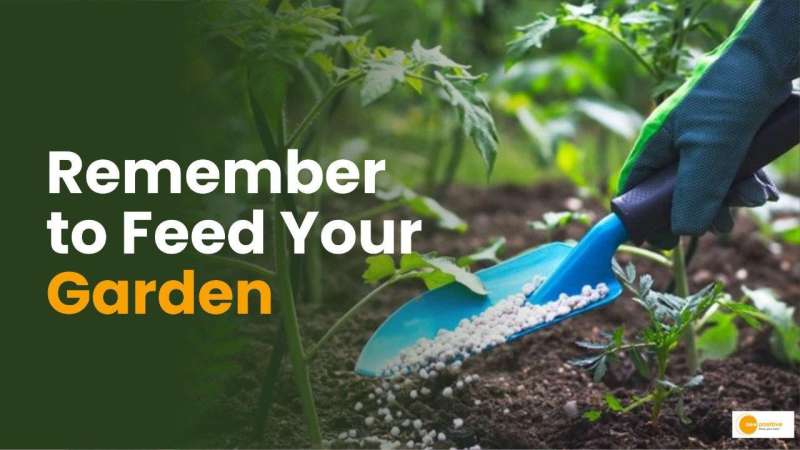Whether you’re a seasoned gardener or just starting, understanding the basics of fertilizing is essential.
When to Fertilize Your Plants
Fertilizer plays a vital role in keeping your plants healthy. But timing is everything.
Decoding Fertilizer Labels
Ever wondered what those numbers on a fertilizer bag mean?
Nitrogen (N): Fueling Leafy Growth
Nitrogen is essential for lush, green foliage. If your plants have vibrant leaves, they likely need a nitrogen boost. Leafy greens like lettuce and spinach thrive on nitrogen-rich fertilizers.
Phosphorus is the nutrient behind robust root development and vibrant blooms. If your garden boasts beautiful flowers or fruit-bearing plants, look for a fertilizer with a higher phosphorus content.
Potassium is all about fortifying your plants against stress, diseases, and harsh weather. It’s a must for overall plant health.
Choosing the Right Fertilizer
Different plants have different needs. Before fertilizing, consider what you’re growing. Are you cultivating tomatoes, roses, or peppers?
Each plant type requires a specific nutrient balance. Research and pick the right fertilizer accordingly.
If you’re looking for an eco-friendly option, consider organic fertilizers. They not only nourish your plants but also enrich the soil.
How Much and How Often
Over-fertilizing can harm your plants just as much as under-fertilizing. Always follow the instructions on the fertilizer label.
Listening to Your Plants
Your plants often provide visual cues when they’re hungry.
Conclusion
Fertilizing your garden doesn’t have to be daunting. With a little knowledge and some attentive care, you can ensure your plants get the nutrients they need to flourish.


